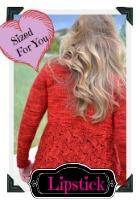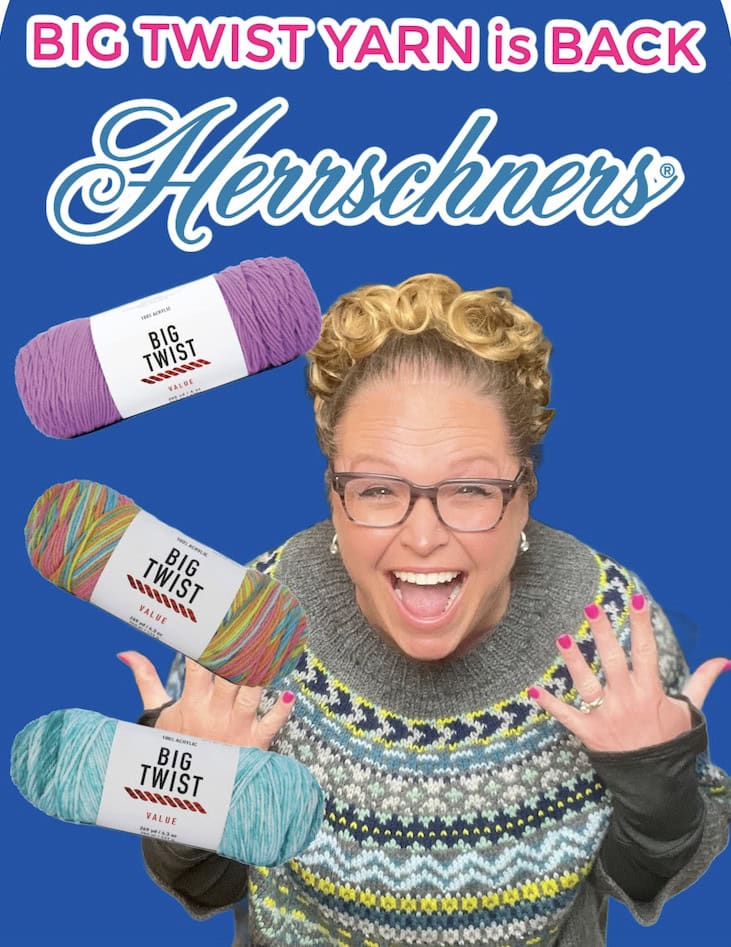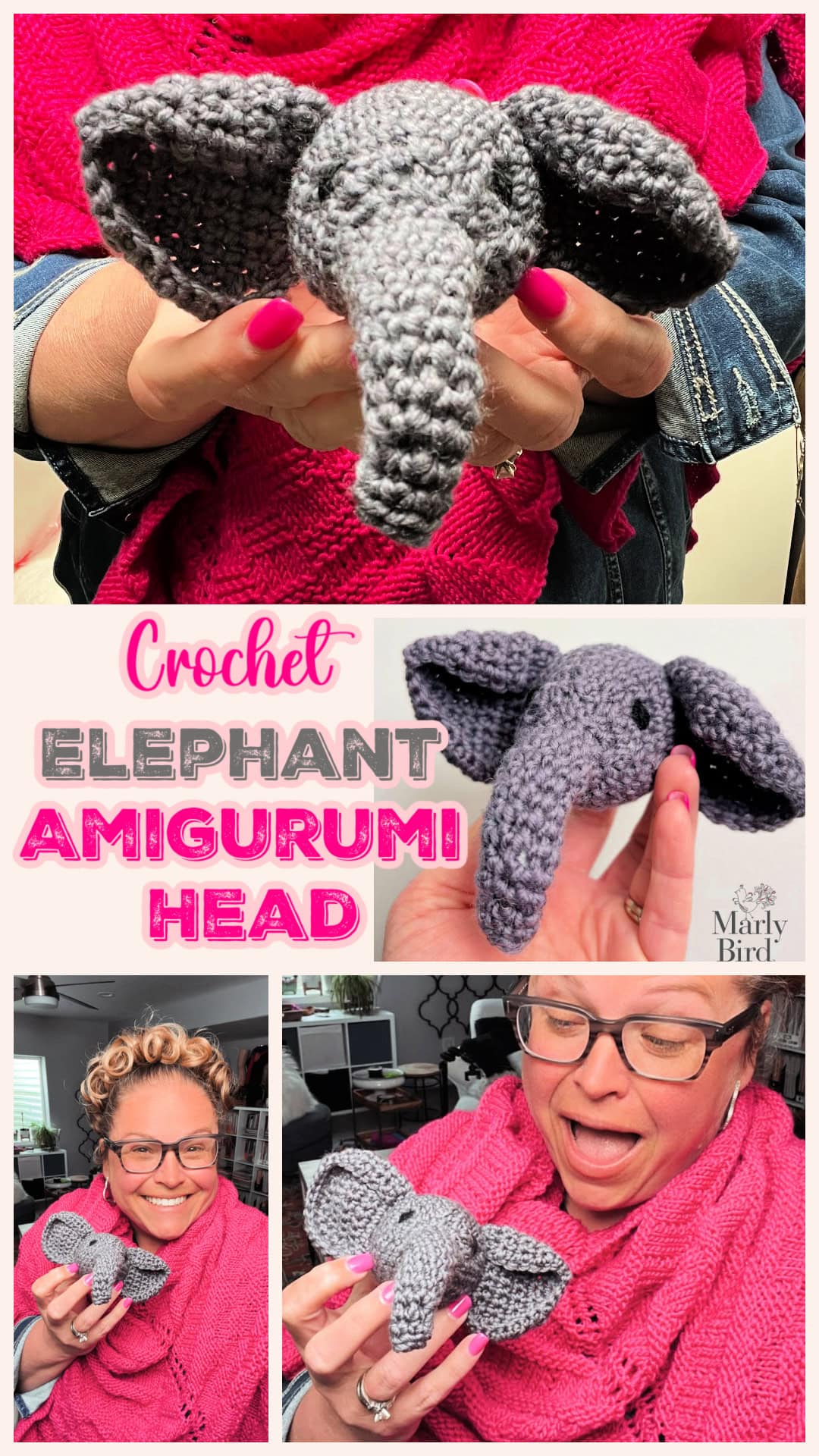Lipstick KAL: Week 1– GAUGE SWATCH
Lipstick KAL: Week 1 — Gauge Swatch! Yes, I said the hated word, SWATCH.
Hi everybody, I am thrilled that you are all joining me for the Lipstick KAL. I must say that the Lipstick Cardigan (click here to purchase the pattern) is one of my favorite designs. Ever since I got it back from my contractor I’ve wanted to have one of my own. Well, looks like I am going to get one…as long as I can keep up with all of you during this KAL!
My Lipstick is Blue. Specifically, I am using Malabrigo, “Rios” in Bobby Blue
Okay, let’s get started shall we? By now I hope all of you have chosen the yarn you wish to use. Now it’s important that you do a gauge swatch. Please make a gauge swatch now if you have not.
Things to remember:
1. The Lipstick Cardigan will be somewhat heavy for all the sizes so please be sure to take pre-block, post-block and hanging gauge swatch measurements. All three will be important for you to do all you can to make sure your piece will be finished the way you want.
FINISHED GAUGE
16 sts and 24 rows = 4″ [10 cm] in Stockinette st after blocking
2 reps = 5″ wide x 6″ long in Scroll pat after blocking
I can hear you groaning!
Here is why I am telling you to do more work than (most likely) you have done before for other sweaters, when the pattern says to work in pattern until the piece measures XX” you need to know that XX” pre-block will get a finished blocked gauge of XX”. To use real numbers (note:these are not actual numbers from the pattern): If 12″ pre-block knitting ends up 15″ blocked knitting and you go ahead and knit to the full 12″ pre-block then your sweater is already 3″ too long! See what I mean?
You want your blocked gauge to match the gauge measurement given in the pattern. For the Lipstick, the gauge is what I used to write the pattern and get all the correct finished measurements.
Now, let’s talk a little about hanging gauge. Since the cardigan is heavy I think it is important to know just how much YOUR yarn will stretch after a full day of wearing it. Some yarns will not stretch much but others could stretch WAY MORE than you know. Therefore, to best guess-timate the effect gravity will have on your sweater you should do a hanging gauge swatch. You will then compare the blocked gauge to the hanging gauge to see if there is a difference.
If there is a HUGE difference then I would suggest using a different yarn for this project. You don’t want your finished cardigan to end up looking like a duster coat by the end of the day, right? Since we are all in agreement on this let’s all agree that the hanging gauge is important.
A hanging gauge is simple, after you have measured your blocked swatch clamp it in a pant hanger or anything that will allow the swatch to hang, then pin clothes pins to the bottom of the swatch to simulate gravity. Let it hang for approx. 8 hours (I use this number since most people will wear a piece for around an 8 hour work day). Remove the pins and lay the swatch flat to measure it.
Again, I want to say that if the blocked measurement and the hanging measurement are significantly different (like 2-3″ difference) the yarn you chose might not be the best choice and I would suggest using a different one.
2. Which is more important: Stitch Gauge or Row Gauge? Well, I think the information listed in #1 can tell you that the last thing you want is a larger than listed row gauge. If after doing your swatch you have a spot on stitch gauge but the row gauge is a little smaller I would say that is totally okay. IMHO, getting stitch gauge is more important for this piece.
3. Do you do a gauge swatch for both patterns? YES, you plan on using both in your cardigan, right? Then you must know the gauge measurements for both. Remember, you do this cardigan in pieces so if you get gauge in ST st with size 8/5mm needles but need to go to a larger or smaller needle for the Lace st that is Okay! But you need to know if you need to do that so DO YOUR GAUGE SWATCH! LOL.
Okay, once the gauge swatch is complete let’s choose which size to make. I will put that information in the next post 🙂
I really want to see what you are working on so please be sure to join the Ravelry Group! Let’s help one another out and make a great sweater!













